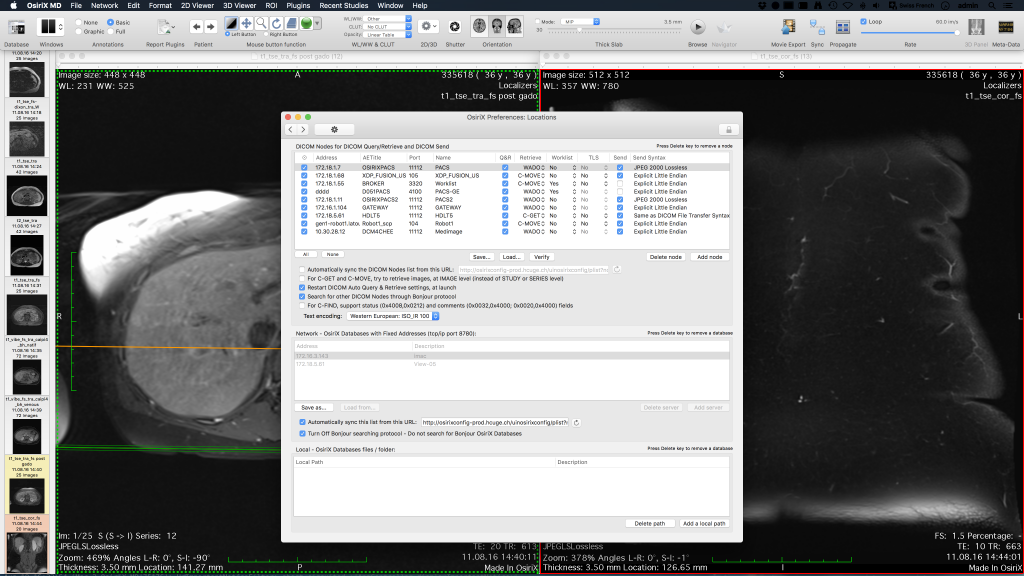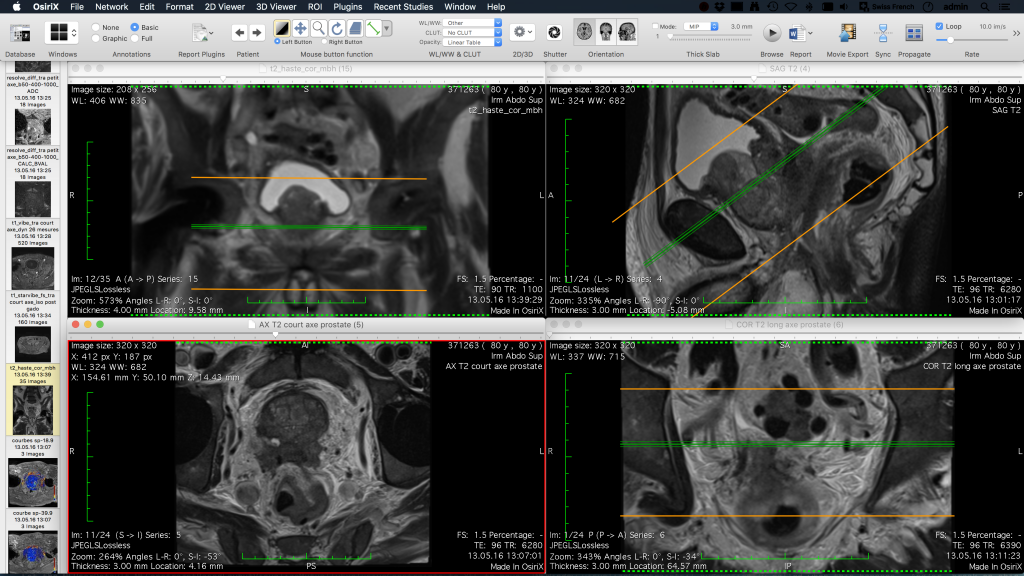

Goals / Objectives Research objectives: Evaluate the causes of and risk factors for lumbosacral disease in working dogs using clinical examination, computed tomography, motion analysis, occupational exposure analysis, and genetic analysis. Results will help primary care veterinarians and researchers develop better treatments and preventative measures for use by working dog owners, handlers, and trainers. The proposed study will use non-invasive diagnostic imaging tests, computerized image analyses, and genetic tests to determine the causes of and risk factors for lumbosacral disease in working dogs. Sports medicine treatments and preventative measures developed for human athletes show promise for helping working dogs return to active duty sooner and maintain active duty for a longer duration. Long term rest is not a viable option for these dogs, as teams depend on them and long term rest would cause loss of muscle mass that would further delay return to duty. However, some dogs fail to respond to these treatments. Symptomatic treatments for lumbosacral disease in working dogs initially include rest and non-steroidal anti-inflammatory medications.

This can place additional strain on other spinal regions and joints. If left untreated, the dogs often compensate by shifting their weight and altering how they do their working tasks. Proposed mechanisms include soft tissue injury, degenerative joint disease, degenerative disc disease, developmental malformation of skeletal structures, and spinal instability. As with human athletes, lumbosacral disease in working dogs is often a multi-factorial problem and causes are incompletely understood. Signs include lameness, sensitivity in the lower back region, abnormal tail carriage, and/or reluctance to do working tasks that require movement of the lower back region. Lumbosacral (lower back) disease is an important cause of disability in these valued animals, often affecting them in middle age when they are at the peak of their performance. Commonly used breeds include German Shepherds, Belgian Malinois, Labrador Retrievers and Golden Retrievers. Non Technical Summary Working dogs are high-performance athletes that perform vital functions such as protecting livestock, screening for agricultural pathogens, assisting people with psychological or mobility limitations, searching for and rescuing people who are lost or injured, assisting in disaster relief, and supporting police and military operations for the U.S.


 0 kommentar(er)
0 kommentar(er)
